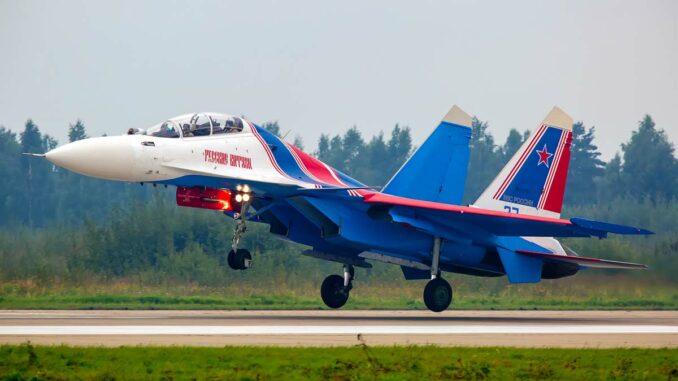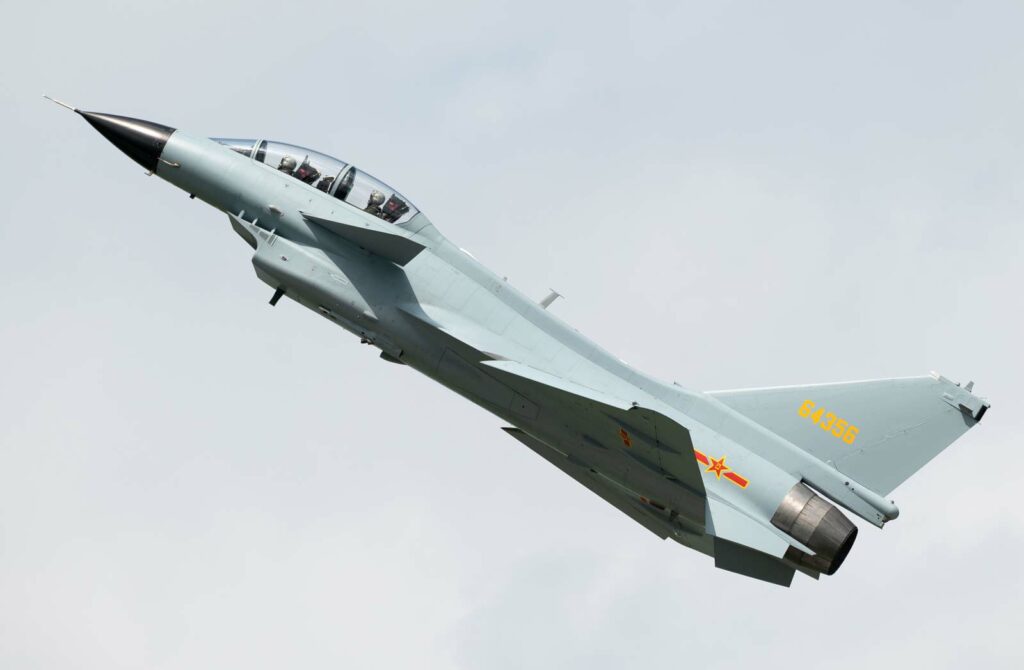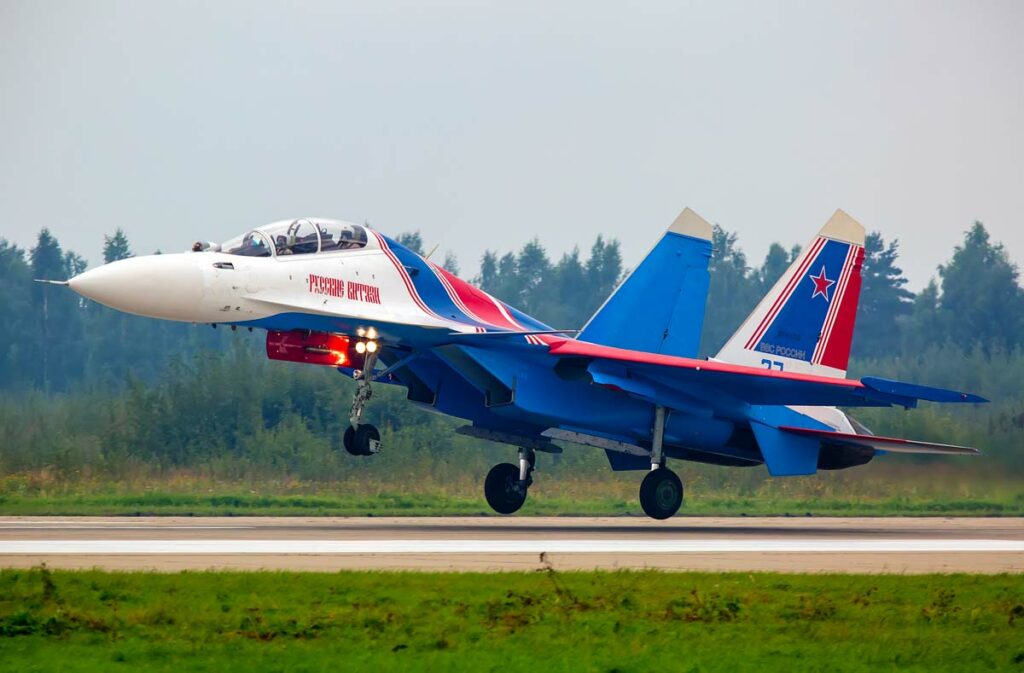
Recent interactions between Russian and Chinese military aircraft and those of the United States signal a rise in tensions and a desire to test American capabilities. These risky maneuvers reflect high strategic stakes and raise questions about air security and international relations.
The Escalation of Air Intercepts
The United States is facing an increase in unsafe air intercepts by Russian and Chinese jets. These incidents, frequently reported by the US military, betray a desire on the part of Russia and China to challenge the United States and test its capabilities.
The case of the Black Sea and Syria
In March, Russian jets interfered with an American MQ-9 drone over the Black Sea, causing it to crash. Other dangerous behaviors have been reported in Syria, revealing increasingly provocative behavior on Russia’s part.
Interactions with China
Tensions are also rising with China, particularly in Southeast Asia, where risky intercepts have been observed. These events highlight the escalating geopolitical conflict between China and the United States.

Motivation analysis
According to General Mark Kelly, these interactions reflect several objectives: to test their capabilities against the United States, to challenge the post-war world order, and to capitalize on the perception of a diminishing American advantage in this area.
A strategic warning
These maneuvers are interpreted as a form of “practice” for the Russian and Chinese air forces, a means of measuring their competitiveness against the American military considered as a global benchmark.
Implications for air security
Not only do such interceptions risk provoking aerial incidents, they could also escalate into armed conflict, especially in the absence of effective communication channels, as highlighted by the incident involving an American B-52 bomber and a Chinese jet.
Risks of escalation and conflict
The lack of military-to-military dialogue, exacerbated after Nancy Pelosi’s visit to Taiwan, increases the risk of these incidents escalating into more serious confrontations.
Assessment of US Air Capability
The US Air Force, while still technologically advanced, is faced with an aging fleet. Aircraft such as the F-22 and AIM-120 missiles, once at the cutting edge, are beginning to look dated, a fact noted by America’s adversaries.
Supremacy in question
Russia and China have invested heavily in their air forces, calling into question the United States’ historic superiority in this field. The performance of the Russian army in Ukraine and the rise of China’s military power are worrying American strategists.

Future prospects
Although channels of communication appear to be reopening between China and the United States, interceptions and provocative behavior by Russia and China are likely to continue. These events are symptoms of a rapidly changing geopolitical landscape and a balance of power that could be redefined in the years ahead.
Issues for international relations
These aerial incidents raise important questions about the current state of international relations and the way in which the major powers manage their disputes and military posture.
The recent air clashes between the USA, Russia and China symbolize an era of growing geopolitical challenges and military competition. While the United States continues to modernize and evaluate its capabilities, the rise of Russia and China in this field creates a complex and potentially dangerous dynamic. Managing these interactions and preventing them from escalating into open conflict will be crucial to maintaining regional and international stability.
War Wings Daily is an independant magazine.